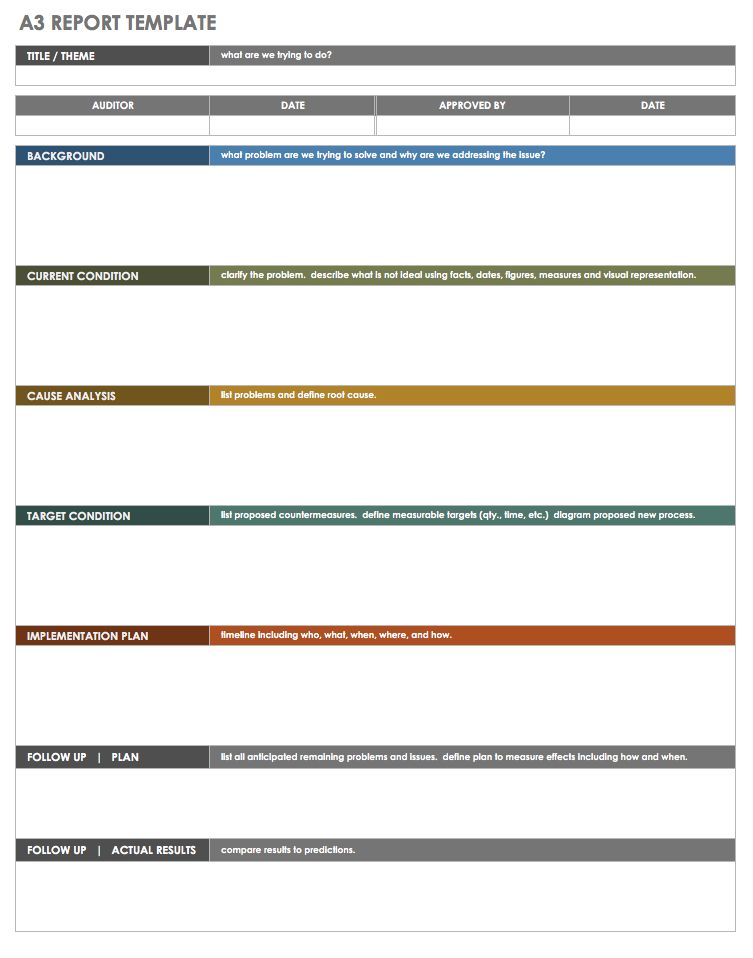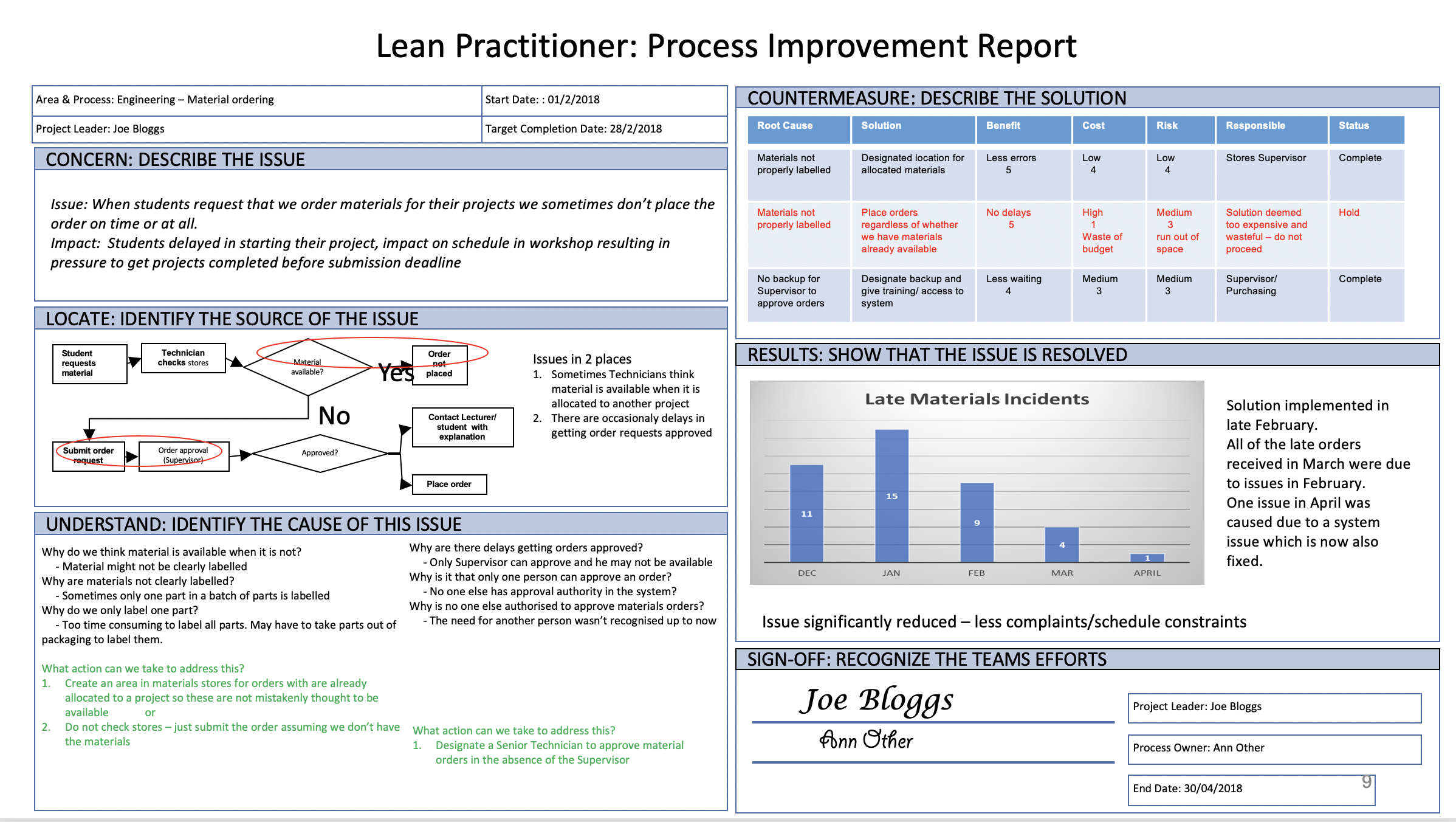

Some people are more familiar with Microsoft Word, rather than Excel, and this is the most powerful and well-documented Word A3 template that you will ever findįind and Open your Word template through ExcelĪLL Systems2win templates are opened through the Systems2win menu in Excel.Įven non-Excel templates, such as Word templates, PowerPoint, or pdf.Įxcel > Systems2win tab > Systems2win Templates You get the best results when participants have a foundational understanding of Lean, are supported by a strong facilitator, and have easy access to relevant information.įor more templates like this, see APQC’s collection of Benchmarking and Improvement Tools.This feature, to Insert Sheets, is available only in Excel templates, not Word templates,Īnd is the reason that most users choose to use the Excel A3 template The keys to success with A3 are training, facilitation, and data availability. You can purchase A3 modeling software, but it’s not necessary and it’s definitely not a silver bullet. Do you need to do a better job of articulating business benefits and a future state vision build buy-in?.Did you miss some aspects of the current state (e.g., undocumented variations, exceptions, or workarounds)?.If the implementation did not go well, revisit everything you’ve documented in the template thus far to assess what went wrong. If the implementation results were positive, define actions necessary to expand and/or sustain the implementation. Examine the results of implementation to determine whether desired results were achieved. Define what needs to happen, who will do it (resources), and how they will do it (training, if necessary). Discuss potential solutions and what the future might look like if they were implemented. Identify solutions and a future-state vision.Look closely at all potential causes as well as upstream and downstream relationships that could impact potential solutions. Now, it’s time to really dig into the data around the problem. Write down how solving the problem would help in achieving business goals and KPIs. Identify an improvement opportunity and business benefits.Bring data into the discussion where possible, but don’t go too far into the weeds just yet. Explore the current state around the problem to assess its impact and potential causes (including the eight types of waste). At this stage, the problem statement will be a bit “fuzzy,” and that’s OK. Collaboratively determine what problem needs to be solved and how it impacts the business and its customers. Now, you are ready to begin filling out the template together. To get participants into a Lean mindset, open the session by walking through the eight types of waste on page 3.

Replicate page 1 of the template on a whiteboard. Gather stakeholders together and provide each with their own copy of page 2 of APQC’s A3 template.

#A3 project management template series
The amount of time required depends on the scope of the problem and stakeholders’ schedules, but the process of filling out an A3 can generally be done in a series of three workshops. If you’re faced with a simple problem that has a known cause, just go solve it! But if you have a more challenging issue to tackle, pull out the A3.įor best results, the A3 should be filled out collaboratively in a workshop format. building the critical thinking and problem-solving capabilities of a team.

#A3 project management template download
Download our free A3 template and you’ll have everything you need to get started.Ī3 is a step-by-step approach for applying plan-do-check-act, also known as PDCA or the Deming cycle. It’s called A3 because it fits on a standard sheet of paper. A3 is a versatile problem-solving method and continuous improvement tool.


 0 kommentar(er)
0 kommentar(er)
